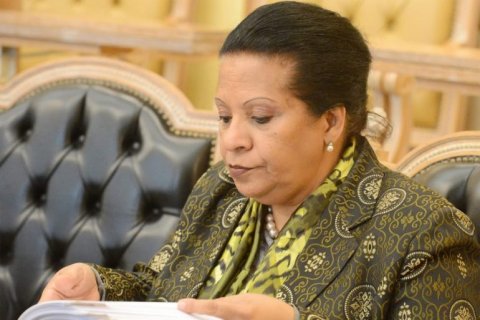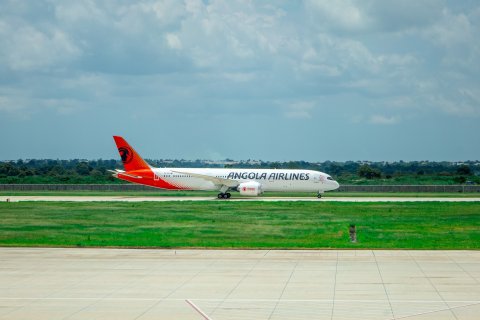In an interview with the Public Television of Angola (TPA), from Moscow, on Monday, Minister of Telecommunications, Information Technology and Social Communication (Minttics), Mario Oliveira, pointed out that the Angolan technical team has been working close with Russian technicians, with all the conditions for the launch being met and favorable weather conditions being expected.
This is the second time that Angola has put a satellite into orbit, after Angosat-1, in December 2017, whose launch failed.
A situation that, according to the minister, is nothing new in space science. "It's a recurring situation, it sometimes happens as a result of the complexity of a telecommunications satellite" such as Angosat, a geostationary device that will be launched 6000 kilometers away.
Built following an agreement signed between Angola and Russia in 2009, the Angosat-1 cost the State US$360 million, but had US$121 million in insurance, which, in the event of an accident or disappearance, would cover the entire of the costs of its replacement, according to Angop.
Mário Oliveira stressed that Angosat 2 is part of the telecommunications ecosystem that the country wants, as Angola aims to be an African telecommunications 'hub'.
"Our country is extensive and satellite communications help us to reach the most remote parts of the country more quickly," he said, highlighting the positive impacts of this technological solution that will contribute to Angola's socio-economic development in several areas.
The launch of the satellite, which coincides with the World Space Week, culminates a series of actions that the executive has been developing, namely in terms of training staff in the aerospace sector, added the minister.
Angop reports that the satellite comprises a series of services and has the capacity to cover the African continent, with an emphasis on the southern region, and a significant part of southern Europe.
It is a High Transmission Rate (HTS) satellite, with a total weight of two tons, prepared to provide 13 gigabytes in each illuminated region (satellite signal range zones).
The Angosat-2 began to be built on April 28, 2018, at the Airbus facility in France, and the structure was then transferred to the ISS Reshetnev factory, in the city of Zheleznogorsk, near Krasnoyarsk (Siberia), where it was produced. the housing and the starter is installed.
According to a report by Space in Africa, since the first African satellite went into orbit, launched by the pioneer South Africa 20 years ago, 44 have already been launched by 13 African countries and another 125, from 23 countries, are being developed and must be enter orbit by 2025.







